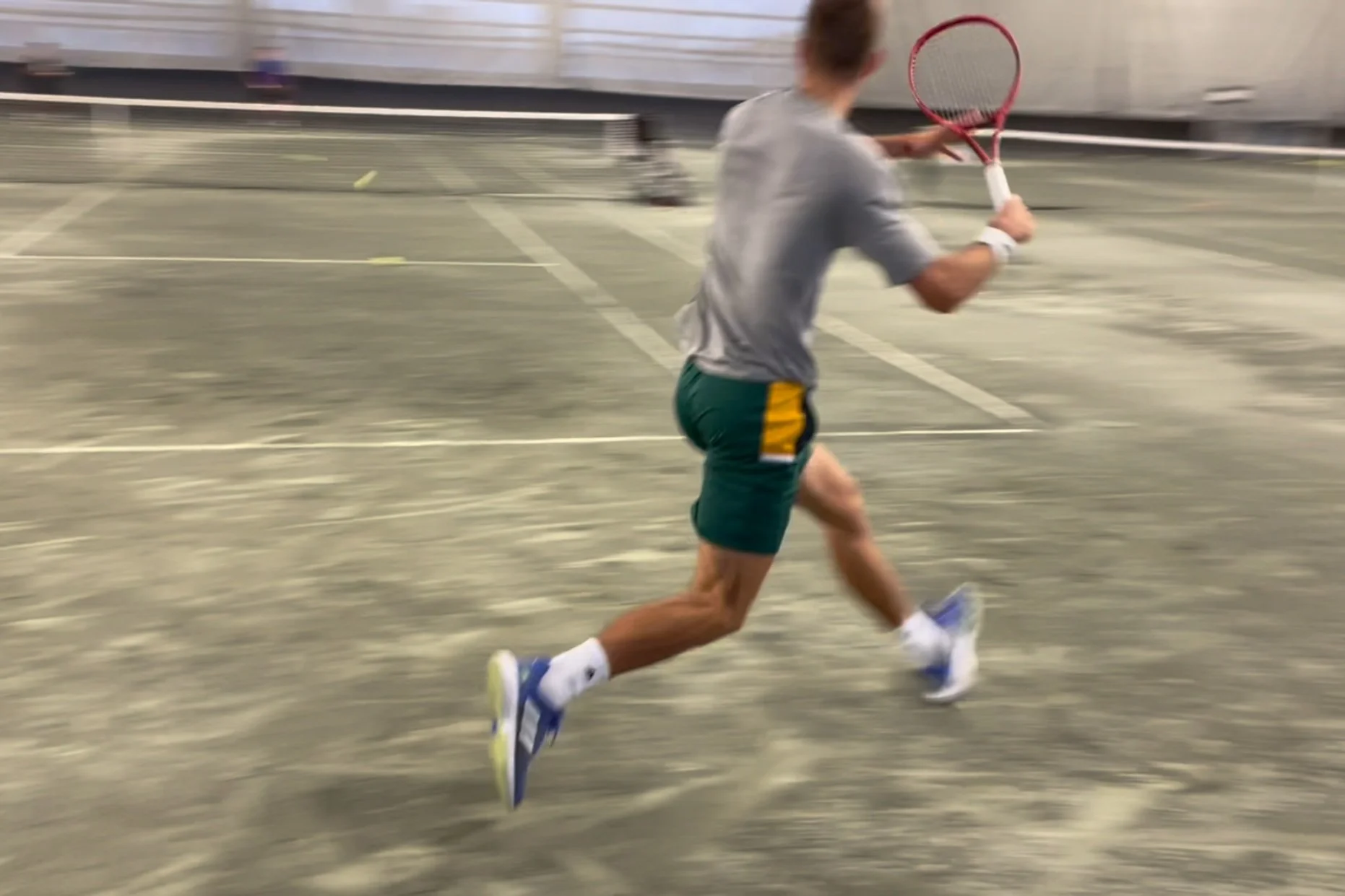In last week’s post, we took a closer look at the force-velocity relationship and it’s underlying science. Recall that when force requirements are high, velocity outputs will be low - and vice versa. This has important implications because of the different movement requirements on a tennis court along with the methods used to improve relevant athletic qualities. Look at the figure below - it’s a theoretical look at where certain movements and strokes etc. lie on the force-velocity curve (this is an adapted representation based on science and my anecdotal experience). Even some of these movements will have different force-velocity requirements at the muscular level - when decelerating for a wide ball for instance, the initial deceleration step will have higher forces acting on the lower-body then the last step just before planting (because we’re trying to stop from a relatively fast movement speed).
Viewing entries tagged
force velocity relationship
How do different athletic qualities fit into the program of a tennis player? This is a complex question but one that deserves an answer. With information being so readily accessible these days, there are countless videos of players doing all kinds of things off the tennis court. But let me ask you this: just because a top 100 or 50 player is doing X or Y, does it mean it’s effective? Is it driven by some underlying scientific basis? Often times, it’s not. It’s a regurgitation of someone else’s training or a drill that was once seen before. If you’re a player, and someone is telling you to do squats on a stability ball…or ladder drills to develop agility and change-of-direction (COD) ability...seek alternatives as these are merely gimmicks that have little transfer to the aforementioned performance qualities.



